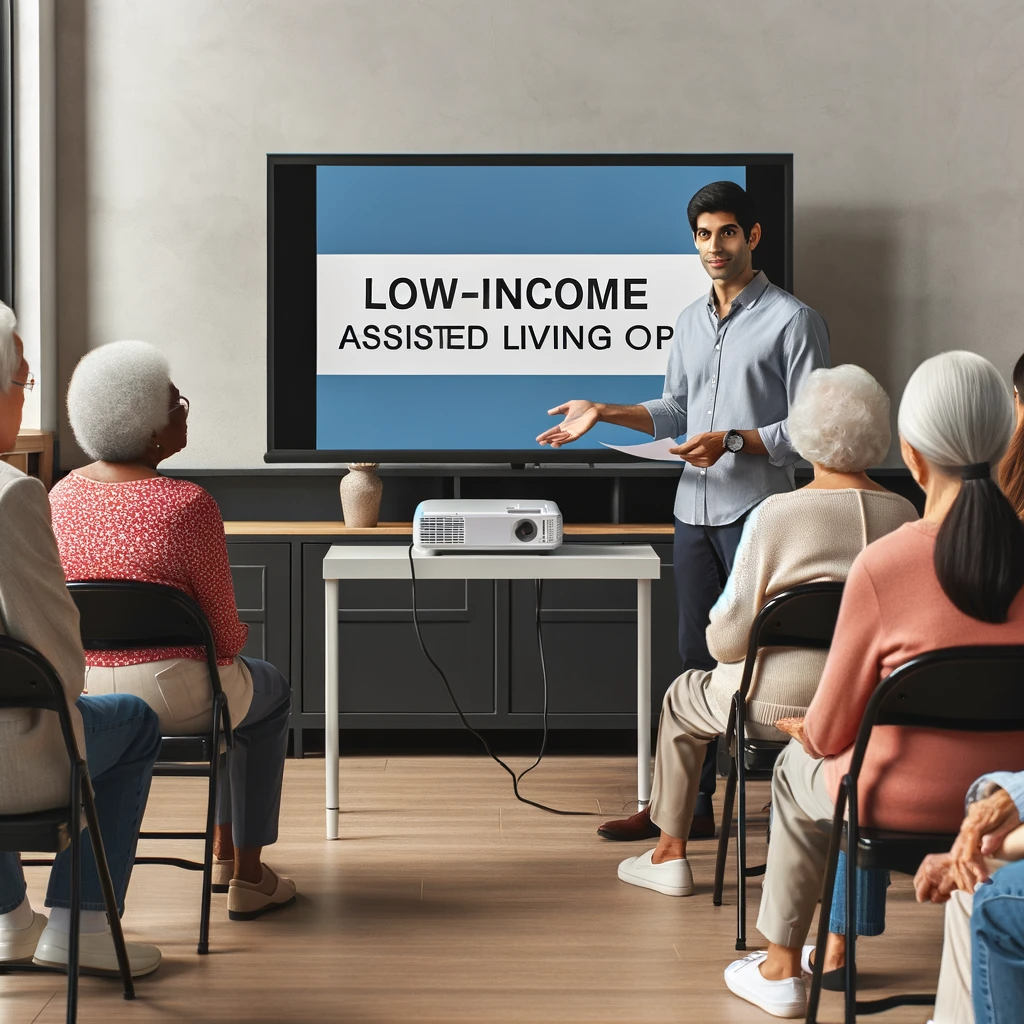Uncover the pathways to affordable senior care with our in-depth guide on ‘low-income assisted living.‘ Learn how to secure quality care without exhausting your finances. Dive in to discover practical solutions for making assisted living accessible for you or your loved ones.

For many families, finding affordable care for elderly members is a significant challenge. ‘Low-income assisted living’ presents a viable solution, offering the necessary support and services without the hefty price tag. This article aims to guide you through the options and resources available for accessing low-income assisted living, ensuring you can find a safe, comfortable, and financially feasible living arrangement for your loved ones.
Understanding Low-Income Assisted Living
Low-income assisted living facilities are designed to provide care and services to seniors who have limited financial resources. These facilities typically offer the same amenities as standard assisted living, but at a reduced cost, making them accessible to a broader demographic.
Eligibility for Low-Income Assisted Living
1. Income Requirements
Eligibility often depends on the individual’s income level. These requirements vary by state and facility, with many following guidelines similar to Medicaid.
2. Asset Assessment
Besides income, assets are also considered. However, certain assets like a primary residence may be exempt.
3. Health Needs
Similar to standard assisted living, applicants must require a level of care that aligns with what the facility offers.
Finding Low-Income Assisted Living Options
1. State and Federal Programs
Many states offer programs and subsidies for low-income seniors. Medicaid, in particular, can cover some of the costs of assisted living.
2. Non-Profit Organizations
Several non-profit organizations operate assisted living facilities with a focus on low-income seniors.
3. Sliding Scale Fees
Some facilities offer sliding scale fees based on income, making them more accessible to those with lower incomes.
Applying for Assistance
The application process can vary, but it generally involves providing proof of income, assets, and medical need. It’s advisable to consult with a senior care advisor or social worker who can guide you through the application process.
Additional Resources
1. Local Agencies on Aging
These agencies provide information and assistance in finding affordable senior care.
2. Veterans Benefits
If the senior is a veteran, they may be eligible for additional benefits that can cover assisted living costs.
3. Community Support Programs
Some communities offer programs to support seniors in need, including those requiring assisted living.
Making the Right Choice
When choosing a low-income assisted living facility, consider factors such as location, services offered, staff qualifications, and the overall environment. It’s important to visit potential facilities and talk to current residents and their families.
Conclusion
Navigating the world of ‘low-income assisted living’ can be daunting, but it’s a crucial step for those seeking affordable care options. By understanding eligibility requirements, exploring various resources, and carefully evaluating facilities, you can find a suitable and financially accessible living arrangement for your loved ones.